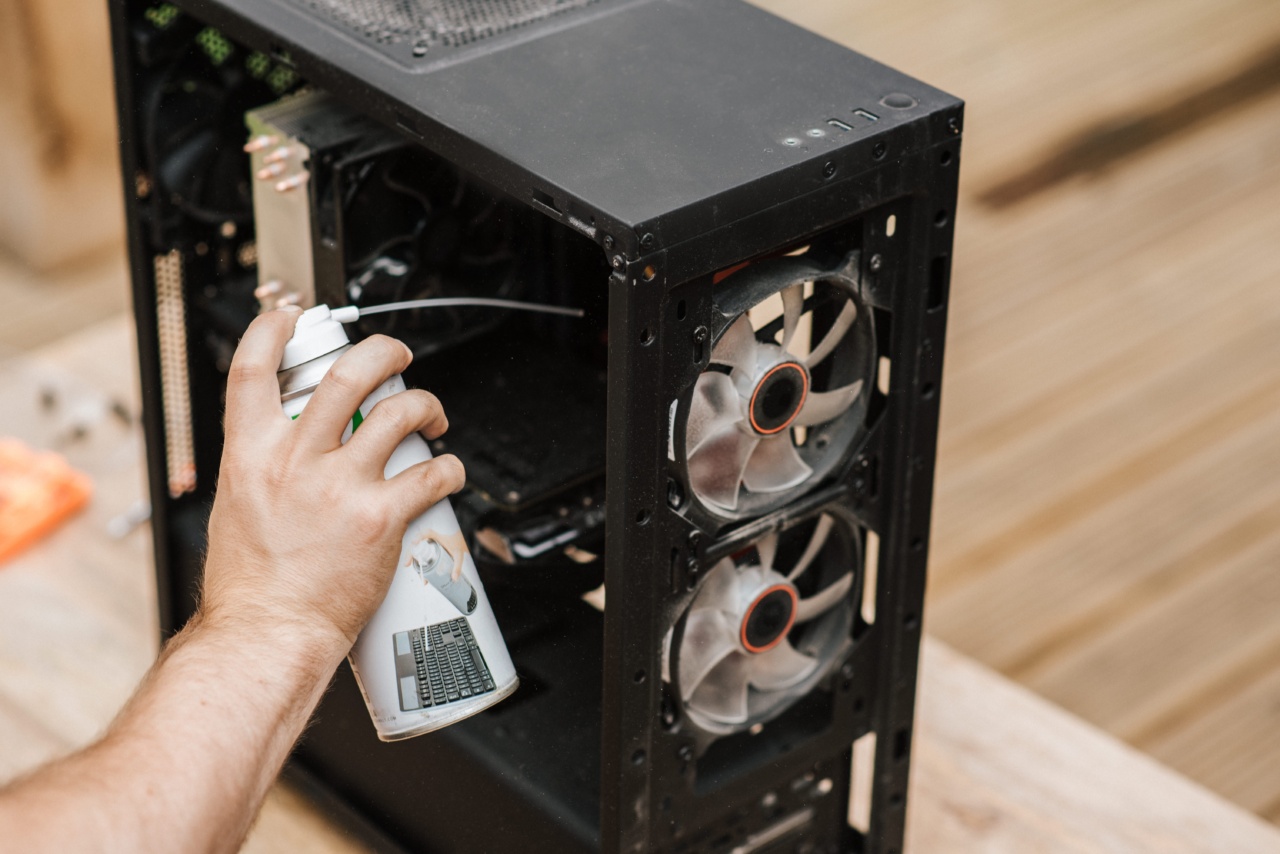Male genitals are an important part of the reproductive system, playing a crucial role in sexual and urinary function.
While most men experience minimal problems with their genitals, there are certain conditions and issues that can arise, causing discomfort, pain, and even long-lasting complications. In this article, we will explore some of the common problems that can occur with male genitals and discuss their causes, symptoms, and available treatments.
1. Erectile Dysfunction
Erectile dysfunction (ED) is a prevalent condition that affects millions of men worldwide. It refers to the inability to achieve or maintain an erection firm enough for sexual intercourse.
Common causes of ED include underlying medical conditions such as diabetes, high blood pressure, hormonal imbalances, or psychological factors like stress, anxiety, or depression. Treatments for ED include oral medications, injections, vacuum erection devices, and in some cases, surgical procedures.
2. Premature Ejaculation
Premature ejaculation (PE) is a condition where a man ejaculates sooner than he or his partner desires.
It is a relatively common sexual problem and can be caused by psychological factors, such as performance anxiety, relationship issues, or biological factors like abnormal hormone levels or hypersensitivity of the penis. Techniques like behavioral therapy, medications, and topical creams can help manage PE and improve sexual satisfaction.
3. Testicular Torsion
Testicular torsion is a painful condition that occurs when the testicle twists, cutting off its blood supply. It is a medical emergency requiring immediate attention.
Testicular torsion commonly affects adolescents and young adults and causes severe testicular pain, swelling, and potentially nausea or vomiting. Surgery is typically needed to untwist the testicle and restore blood flow to prevent permanent damage or loss of the testicle.
4. Phimosis
Phimosis refers to the inability to retract the foreskin over the glans penis. It can occur naturally in young boys and often resolves without intervention.
However, if phimosis persists into adulthood or causes discomfort during sexual activity, treatment options may include topical creams, stretching exercises, or circumcision.
5. Peyronie’s Disease
Peyronie’s disease is a condition characterized by the development of fibrous scar tissue inside the penis, causing it to bend or curve during erections.
The exact cause of Peyronie’s disease is unknown, but it can result in pain, erectile dysfunction, and difficulties with sexual intercourse. Treatment options include oral medications, injections, or surgery to correct the curvature and alleviate symptoms.
6. Balanitis
Balanitis is the inflammation of the glans penis, often caused by poor hygiene, bacterial or fungal infections, or skin conditions such as eczema or psoriasis. Symptoms may include redness, swelling, itching, and discharge.
Treatment typically involves proper hygiene practices, topical antifungal or antibacterial creams, and in severe cases, oral medications.
7. Epididymitis
Epididymitis is the inflammation of the epididymis, a tube located at the back of the testicle that stores and carries sperm.
It is usually caused by a bacterial infection, often resulting from a urinary tract infection or sexually transmitted infection. Symptoms include testicular pain, swelling, and possibly fever. Antibiotics are commonly prescribed to treat epididymitis and relieve symptoms.
8. Priapism
Priapism is a condition characterized by a prolonged and often painful erection that lasts for more than four hours without sexual stimulation. It can occur due to certain medications, blood disorders, or spinal cord injuries.
Priapism is considered a medical emergency as it can lead to permanent damage to the penis if not treated promptly. Treatment involves draining blood from the penis using a needle or medication to constrict blood vessels.
9. Genital Injuries
Genital injuries can occur due to accidents, sports-related trauma, or sexual activity. Common genital injuries include penile fractures, tears or cuts, and trauma to the testicles. These injuries can cause severe pain, swelling, and bleeding.
Immediate medical attention is necessary for proper evaluation and treatment, which may involve surgical intervention or conservative management depending on the severity of the injury.
10. Erectile Dysfunction after Prostate Surgery
Prostate surgery, such as a prostatectomy, is a common treatment option for prostate cancer. However, one of the potential side effects of the surgery is erectile dysfunction.
This can occur due to damage to the nerves and blood vessels that are crucial for achieving and maintaining an erection. Various treatments, including medications, vacuum erection devices, and penile implants, can help restore erectile function after prostate surgery.
Conclusion
While the male genitals are intricate and resilient, they are still susceptible to various conditions and complications. It is essential for men to be aware of potential issues and seek appropriate medical care when necessary.
Regular check-ups with healthcare professionals can help identify and address any problems early on, maximizing the chances of successful treatments and a healthy genital system.































